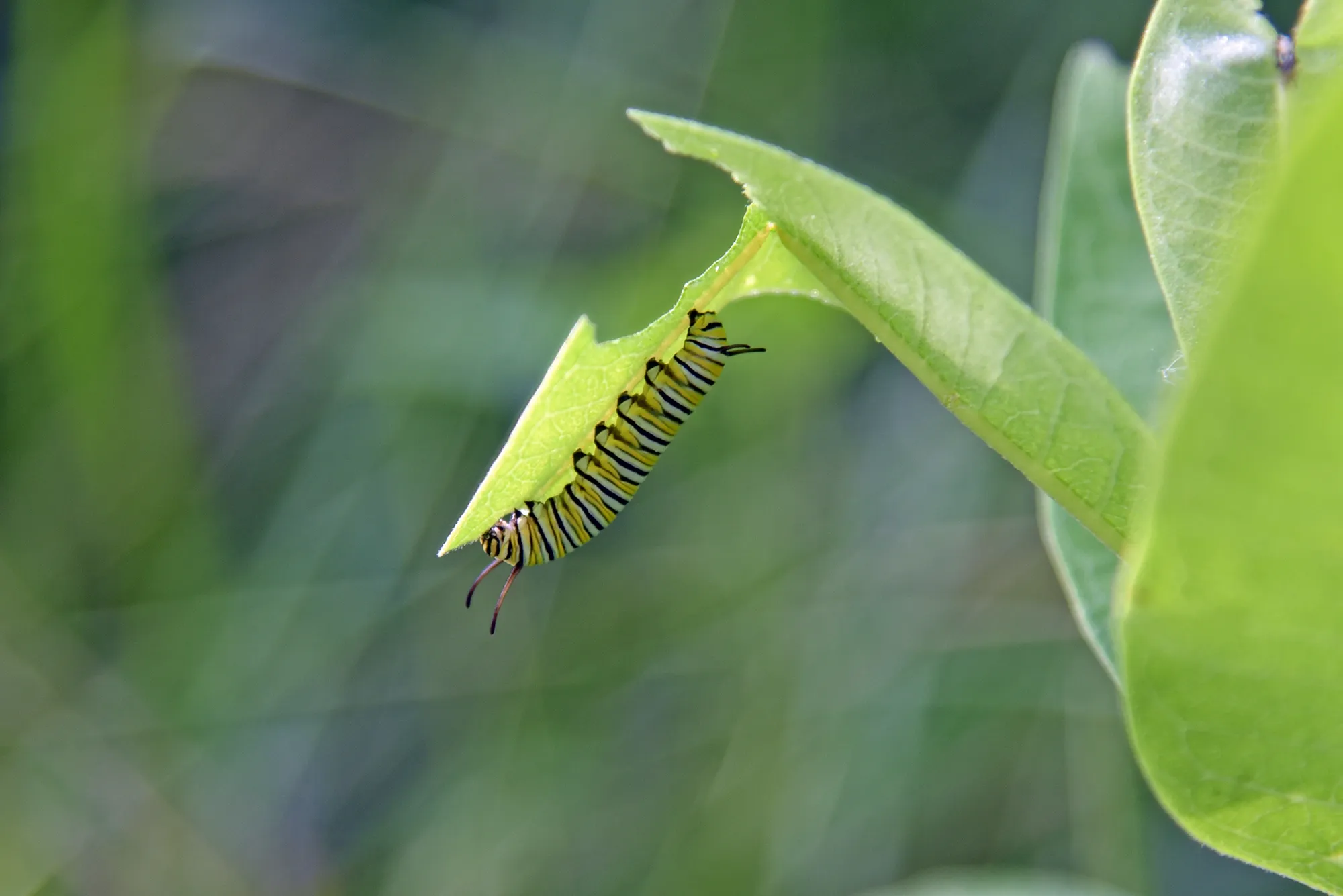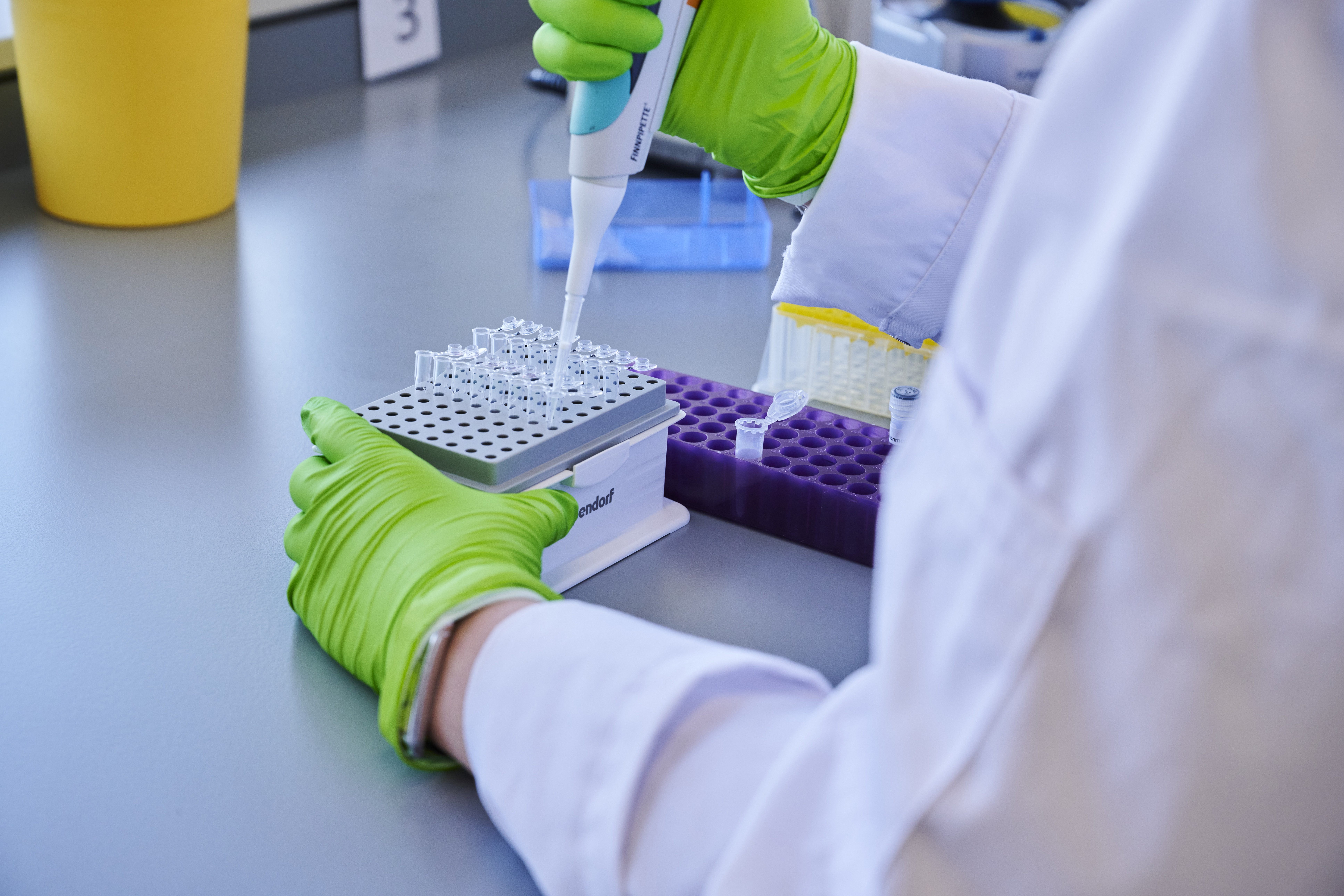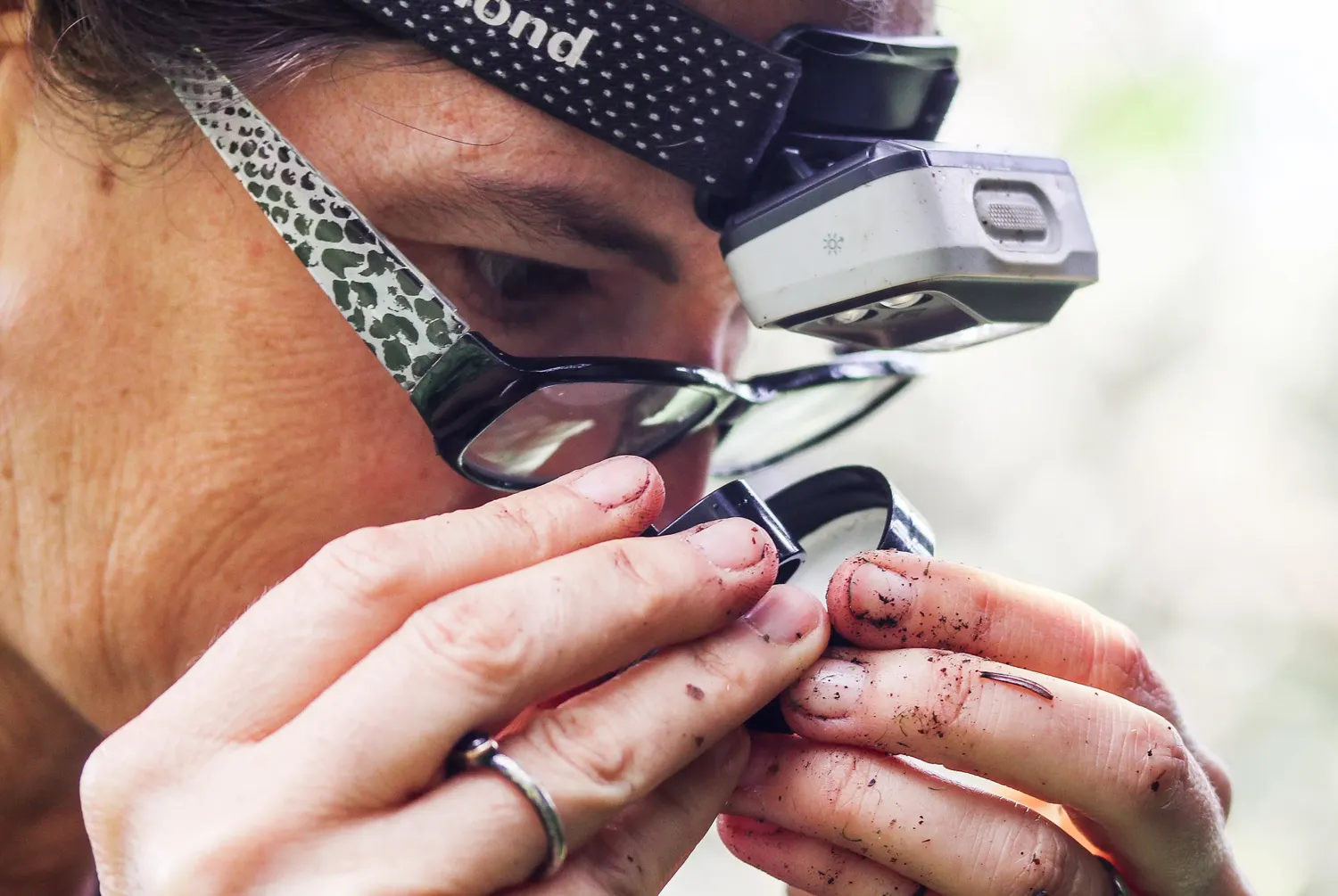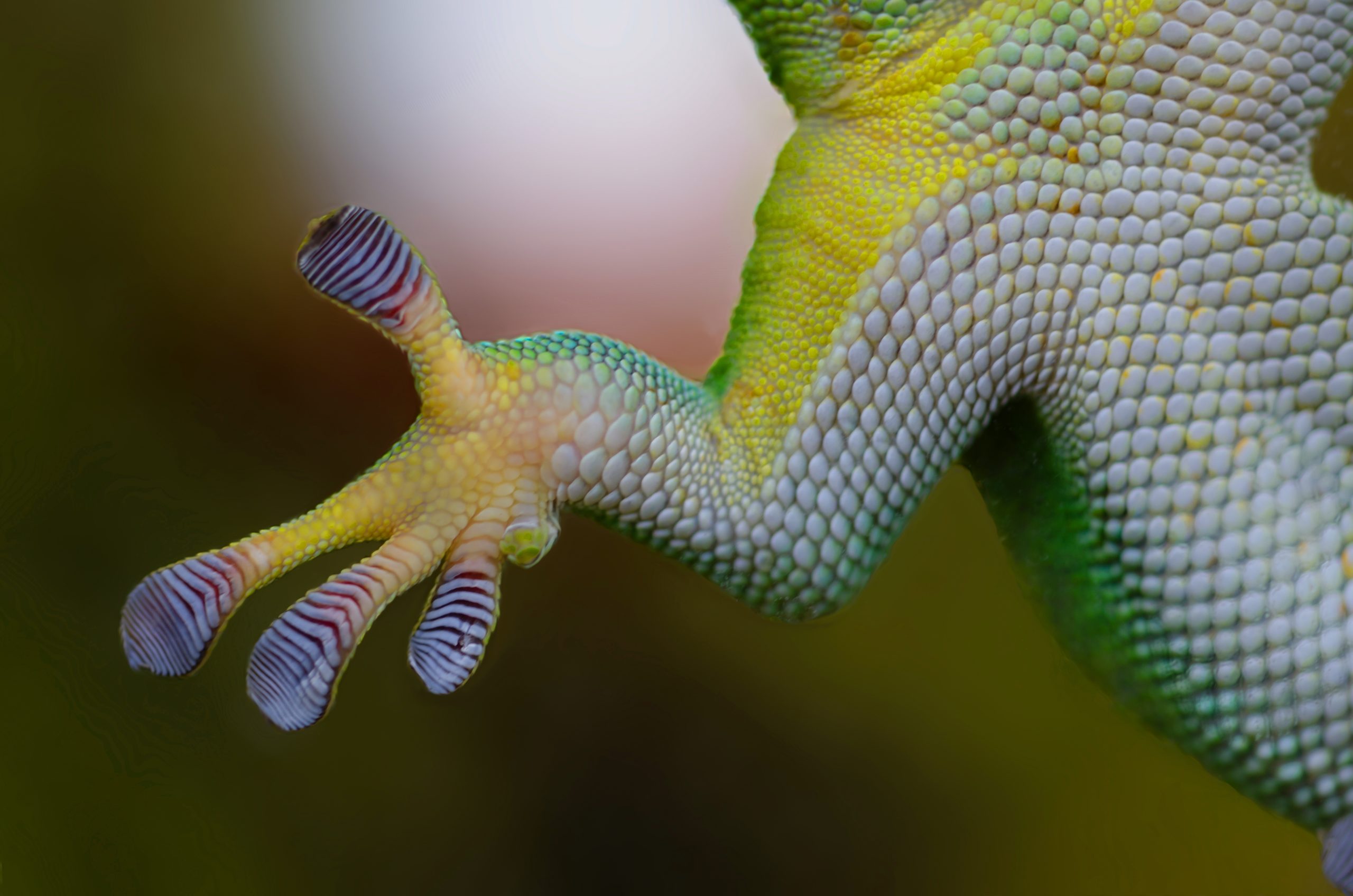Useful links
Visit the Earth BioGenome Project video archive for a series of films about genome sequencing different groups of organisms.
Visit the iBOL site for more information about DNA barcoding.
A recent article in Science explains how genomes are benefiting conservation.
A recent article in Nature looks at how increasing numbers of genomes are enhancing understanding of evolution and supporting conservation in birds.
Genome sequencing from historic herbarium collections has been used to understand the evolution of arable weed species in this Science paper.
Genomics could even be used to intercept the next pandemic, according to this paper in PNAS.
Two concurrent papers in Current Biology, show how airborne DNA can be used to characterise vertebrate populations: https://doi.org/10.1016/j.cub.2021.12.014 and https://doi.org/10.1016/j.cub.2021.11.064
An accessible article on using DNA barcoding to identify invasive non-native pest species such as moths: https://www.sciencedaily.com/releases/2018/02/180208104213.htm
An accessible article on monitoring ecosystem health by DNA barcoding stream invertebrate communities: https://phys.org/news/2017-10-dna-barcoding-technology-health-all-important.html
How DNA barcoding is used to combat wildlife crime: https://news.mongabay.com/wildtech/2017/02/scanning-the-barcode-of-wildlife/
Many more publications on advances in genome sequencing can be found at the Earth Biogenome Project.
Frequently Asked Questions
The enormous amount of information contained in a single genome leads to resources that can be applied in many ways. Among the hundreds of species sequenced by BGE there are:
- Species of economic interest, such as commercially important fish species. Genomic information about their populations can help us make informed decisions on how to best manage these resources to avoid future depletion.
- Species of importance for ecosystem function and stability, such as pollinators that have a key importance for agriculture and food production.
- Endangered species. Their genomes can help us understand current patterns of biodiversity decline and allow us to more efficiently address specific threats.
Genomes also provide the most complete resources to understand how different species are related and how they evolve. By investigating the genomes of highly diverse species across the tree of life, we can better understand the processes that underlie the wonderful variety of living forms we see on our planet.
Sequencing a genome means determining the order – or sequence – of the molecules (nucleotides) that compose an organism’s entire genetic material. By doing this we are effectively translating the information contained in the long DNA molecules into a sequence of letters that is readable by humans and algorithms, so that we can analyse this information.
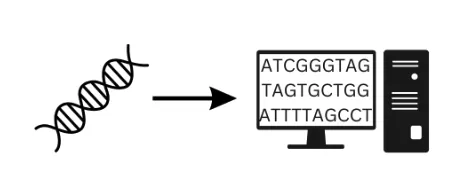
The genome stream of BGE is committed to generating high-quality reference genomes that will be openly accessible to everyone. High quality reference genomes are near error-free, gapless sequences and include detailed information about the genome’s structure. Once a reference genome is available for a given species it becomes much easier to analyse genomic data from multiple individuals or even other closely related species.
The genome is the complete set of an organism’s genetic material – usually DNA – stored inside its cells. The genome serves as a “blueprint” for the construction and organisation of the organism’s body and also contains the instructions for it to function. One of the most important features of the genetic material is that it is inheritable, which allows organisms to pass their characteristics onto the next generations.
The genome stream of BGE aims to sequence full genomes of hundreds of European species, including animals, plants, fungi and microorganisms. This will greatly expand and deepen our knowledge about European biodiversity and help us protect it.
Contact us
You don’t find what you are looking for? Contact us using the form below

